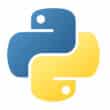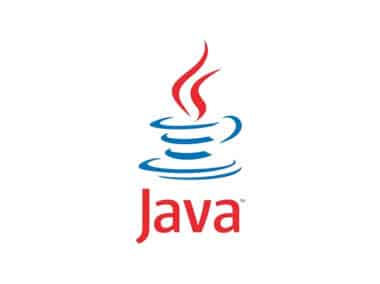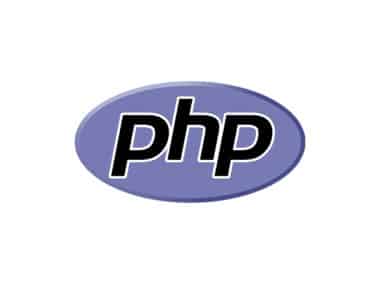In Python programming language, variables are used to store data values. A variable is created by assigning a value to it using the equal sign (=). This means that you can assign a value to a variable, and then use the variable to refer to that value throughout your code.
Data Types
Python has several built-in data types, which are used to represent different kinds of data. These include:
- Numeric – used to store numeric values. There are three numeric data types in Python:
- int – used to store integer values. Example:
x = 5 - float – used to store decimal values. Example:
y = 2.5 - complex – used to store complex numbers. Example:
z = 3 + 5j
- int – used to store integer values. Example:
- String – used to store text values. Example:
name = "John" - Boolean – used to store True or False values. Example:
is_raining = True - List – used to store a collection of values. Example:
fruits = ["apple", "banana", "cherry"] - Tuple – used to store a collection of values that cannot be changed. Example:
numbers = (1, 2, 3) - Set – used to store a collection of unique values. Example:
my_set = {1, 2, 3} - Dictionary – used to store key-value pairs. Example:
person = {"name": "John", "age": 30}
Variables
Variables in Python can be of any data type. Example:
x = 5
name = "John"
is_raining = True
fruits = ["apple", "banana", "cherry"]
In Python, variables do not need to be declared with any particular data type. The data type is automatically set when the value is assigned to the variable. This means that you can declare a variable without specifying its data type, and then assign a value to it later on.
Variables can also be reassigned with a new value of a different data type. For example, you can assign an integer value to a variable, and then later reassign it to a string value. In this case, the variable will automatically change its data type to match the new value.
Overall, understanding the different data types and variables in Python is an essential part of learning how to program in this language. By mastering these concepts, you will be able to write more complex and powerful code that can perform a wide range of tasks.




